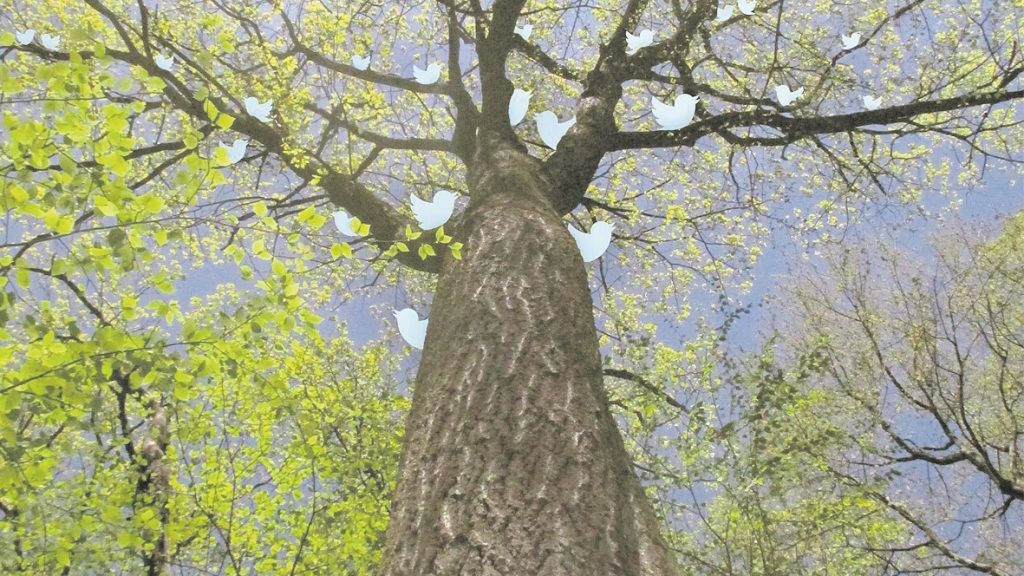In Massachusetts, lives an 85-foot northern red oak tree, one of the most senior members of an area known as Prospect Hill, was one of the few remaining after 186 miles-per-hour winds decimated much of the sector in 1938.
This tree, with the help from a few human friends, is fighting back climate change. Equipped with a slew of sensors that are in regular communication with a bot, the tree — thanks to a little help from Harvard University postdoctoral fellow Tim Rademacher — uses collected data to communicate with the rest of the world via Twitter.
Hello, World! I am a century-old red oak at Harvard Forest in MA: one of the oldest living organisms on the internet! Follow me to learn more about my life in a changing environment. For more on info how I work, go to: https://t.co/vI5k4AzEEQ. pic.twitter.com/nN7yacQ0aR
— A witness tree (@awitnesstree) July 17, 2019
Since starting the account about a week ago, “A witness tree” (@awitnesstree) has been tweeting periodic reminders about itself, and the dangers it faces as part of a rapidly-warming planet.
For Rademacher, he chose this tree, specifically, because it’s common in the United States.
“We wanted something everyone could find in their backyard,” he told Atlas Obscura. As for why they chose a tree at all, it’s because they are experiencing “the same environmental things that we experience,” says Clarisse Hart, the director of education and outreach at the Harvard Forest.
This year, my trunk has grown roughly 1.5 mm (0.06 inches) in diameter. In mid-summer, my growth begins to slow. The "late wood" rings I am producing now look darker, and contain more carbon, than my faster-growing "early wood" rings.
— A witness tree (@awitnesstree) July 24, 2019
Rademacher plans for the tree to publish six tweets a week for the foreseeable future. As for what you can expect to see, that really depends on what the sensors are detecting. Each has a specific purpose. Dendrometers, for example, measure the daily (or seasonal) expansion and contraction experienced after the tree soaks up water and passes it along to its leaves. Understanding this expansion and contraction cycle will help scientists understand how cells store and offset greenhouse gas emissions.
Another sensor punctures the bark and measures the flow of sap. This helps researchers understand how the tree responds to drought and heat. You can read more about what data the sensors are collecting here.
Aside from sensors, a witness tree also has a PhenoCam — a digital camera looking up at the tree’s canopy that snaps a photo every 30 minutes, as well as recording soil temperature, wind speed, and a host of other data.
